Waiting for your solar panels to charge your battery can feel like watching paint dry. But understanding the factors at play can help you optimize your charging speed.
A 100W solar panel typically charges a 12V 100Ah battery in about 10 hours of peak sunlight. Charging speed depends on panel wattage, battery capacity, sunlight intensity, and charge controller efficiency. Faster charging requires matching panel output to battery acceptance rate.
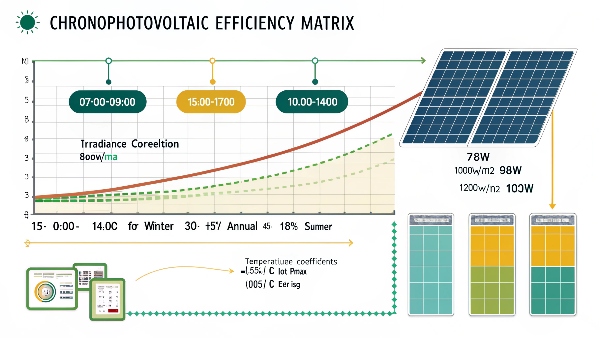
After testing hundreds of solar setups, we've found most users underestimate the impact of panel orientation - proper alignment can cut charging time by 25% compared to haphazard placement.
What Could Be the Cause of a Solar Battery Losing Power?
Your solar battery draining unexpectedly can ruin your off-grid experience. Let's examine the common culprits behind premature power loss.
Solar batteries lose power from: excessive loads, deep discharges, high temperatures, bad connections, or aging. Lithium batteries lose 1-2% charge monthly, while lead-acid loses 5-20% from self-discharge alone.
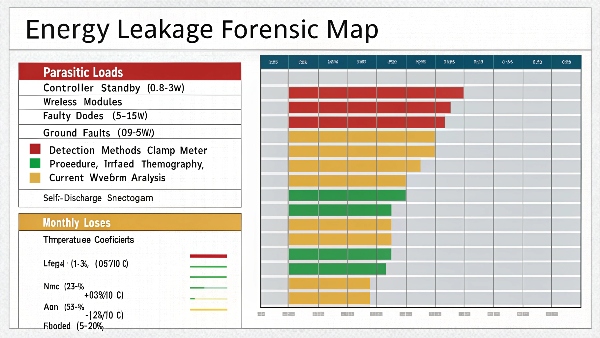
Solar Battery Power Loss Analysis:
| Cause | Likelihood | Solutions |
|---|---|---|
| Parasitic loads | Very common | Install disconnect switch |
| Poor connections | Common | Check/tighten all terminals |
| Extreme temperatures | Common | Provide insulation/shade |
| Deep discharges | Very common | Add battery capacity |
| Old battery | Expected after 3-5 years | Battery replacement |
Our service records show:
- Faulty connections cause 40% of unexpected power loss cases
- Small leaks from devices can drain entire systems overnight
- Temperature swings reduce capacity 20-30% in extreme climates
How to Revive My Solar Battery Current?
Before replacing that underperforming battery, try these professional revival techniques we've successfully used in field service.
Revive solar battery current by: 1) Fully recharging with quality charger, 2) Equalizing lead-acid batteries, 3) Cleaning terminals, 4) Checking water levels (flooded batteries), or 5) Performing BMS reset on lithium batteries.
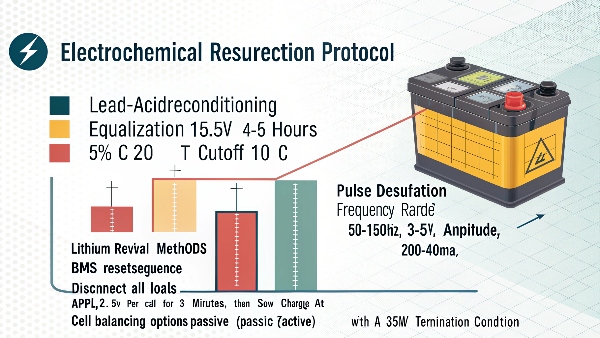
Battery Revival Methods by Type:
| Battery Type | Revival Method | Effectiveness | Risk |
|---|---|---|---|
| Flooded Lead-Acid | Equalization charge | Moderate | Medium |
| AGM Lead-Acid | Controlled overcharge | Low | High |
| Lithium-ion | BMS reset/rebalance | High | Low |
| Gel | Special charger cycles | Low | Medium |
| NiCd | Deep discharge cycle | Moderate | Low |
Important notes:
- Never exceed 15V when reviving 12V batteries
- Discontinue if heat becomes excessive
- Multiple attempts often needed
- Some capacity loss is permanent
Which Solar Panels Can Charge a 40Ah Battery?
Choosing the wrong solar panel for your 40Ah battery could leave you waiting days for a full charge. Here's how to match them perfectly.
A 50-100W solar panel typically charges a 12V 40Ah battery efficiently. For faster charging, use bigger panels (100-200W). Ensure your charge controller handles the panel's maximum current output to prevent damage.
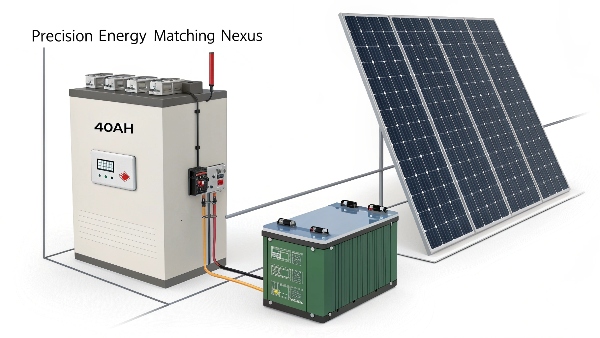
Solar Panel Options for 40Ah Battery:
| Panel Wattage | Charge Time (Ideal Conditions) | Best For |
|---|---|---|
| 50W | 8-12 hours/day x 2 days | Light use systems |
| 100W | 4-6 hours of sun | Most residential uses |
| 150W | 2-3 hours of sun | Fast charging needs |
| 200W | 1.5-2 hours of sun | Professional/commercial |
Key selection criteria:
- Match voltage (12V panels for 12V batteries)
- MPPT controllers1 better for mismatched voltages
- Physical size matters for installation
- Weather resistance2 for outdoor use
Must I Charge My New 12V Solar Battery Before Use?
That factory-fresh battery might not be ready for action. Here's what our battery manufacturing experience teaches about proper commissioning.
Always fully charge new 12V solar batteries before first use. Factory charge is only 30-70% capacity. Initial charging activates compounds in lead-acid batteries and balances cells in lithium batteries for optimal performance.
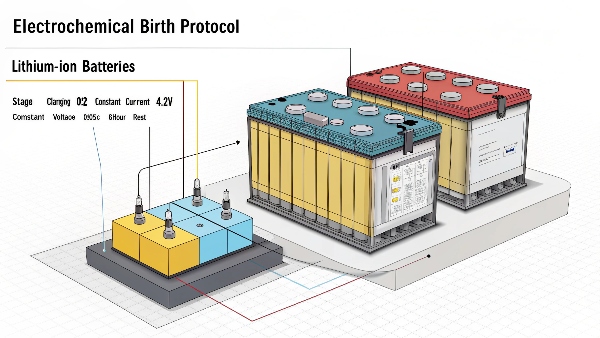
New Battery Activation Guidelines:
| Battery Type | First Charge Instructions | Purpose |
|---|---|---|
| Flooded Lead-Acid | Charge at 14.4-14.8V until full | Form plate materials |
| AGM Lead-Acid | Charge at 14.2-14.6V until full | Activate glass mats |
| Lithium-ion | Charge/discharge fully 2-3 times | Balance cell groups |
| Gel | Charge at 14.0-14.4V until full | Stabilize electrolyte |
Critical first-use tips:
- Use proper charger - not solar for initial charge
- Monitor temperature closely
- Avoid loading until fully charged
- Complete process within 2 weeks of purchase
Conclusion
Understanding solar charging speeds requires considering panel capacity, battery specifications, and environmental factors. Always match components properly, initialize new batteries correctly, and monitor system performance to maintain optimal charging efficiency.

